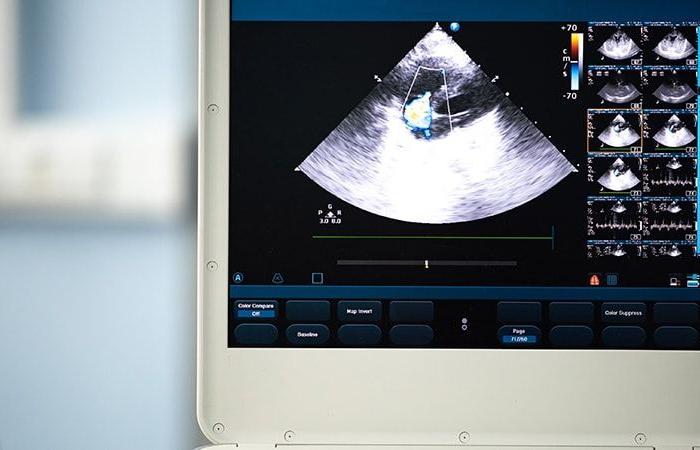The natural history of Ebstein’s disease (EM)* is poorly understood, particularly because of its low prevalence at birth. This is what led Eckerström et al. to attempt to determine ME-related mortality using data from two national registers maintained in Denmark and Sweden.
In this case-control study, patients born between 1970 and 2017 with a diagnosis of ME were first identified. Then, each patient was matched, based on gender and year of birth, with 10 control subjects from the general population. Cumulative mortality and hazard ratio (HR) were assessed by the Cox proportional regression model. Ultimately, the analysis focused on: 530 patients who had ME and 5,300 control subjects. The average follow-up was 11 years.
In the ME group, 228 patients or 43% underwent cardiac surgery.
Significant mortality (vs general population) but decreasing since the 2000s
The cumulative mortality of patients in whom the diagnosis of ME had been made from the year 2000 was significantly lower than that of patients whose anomaly had been previously recognized (p
Patients with an isolated tricuspid defect had a significantly lower cumulative mortality than patients with complex lesions (p
Patients who presented a mild form of ME had, in the 35 years following diagnosis, a cumulative mortality of 11% (vs. 4% in control subjects; p
In contrast, patients who presented a severe form of ME had, compared to control subjects, an HR of 36.2 (95% CI: 15.5-84.4) and, in the 35 years following diagnosis, a cumulative mortality of 18%.
In conclusion, compared to that of the general population, the mortality of patients with ME is high, whether or not it is associated with other congenital malformations and regardless of when the diagnosis of ME was made. door. Note, however, that at present the overall mortality of ME has decreased.
For the record : *Normally, the tricuspid valve which has, as its name suggests, three leaflets, opens during diastole to allow blood to pass from the right atrium into the right ventricle. During systole, the valve closes, preventing blood from flowing backward from the right ventricle into the right atrium.
In the case of Ebstein’s disease, the tricuspid valve, whose leaflets are wider, is no longer in a normal position because it is inserted into the lower part of the right ventricle. As a result, it no longer functions normally and the blood, instead of being propelled towards the lungs, is ejected backwards towards the right atrium, contributing to the formation of cardiomegaly.






